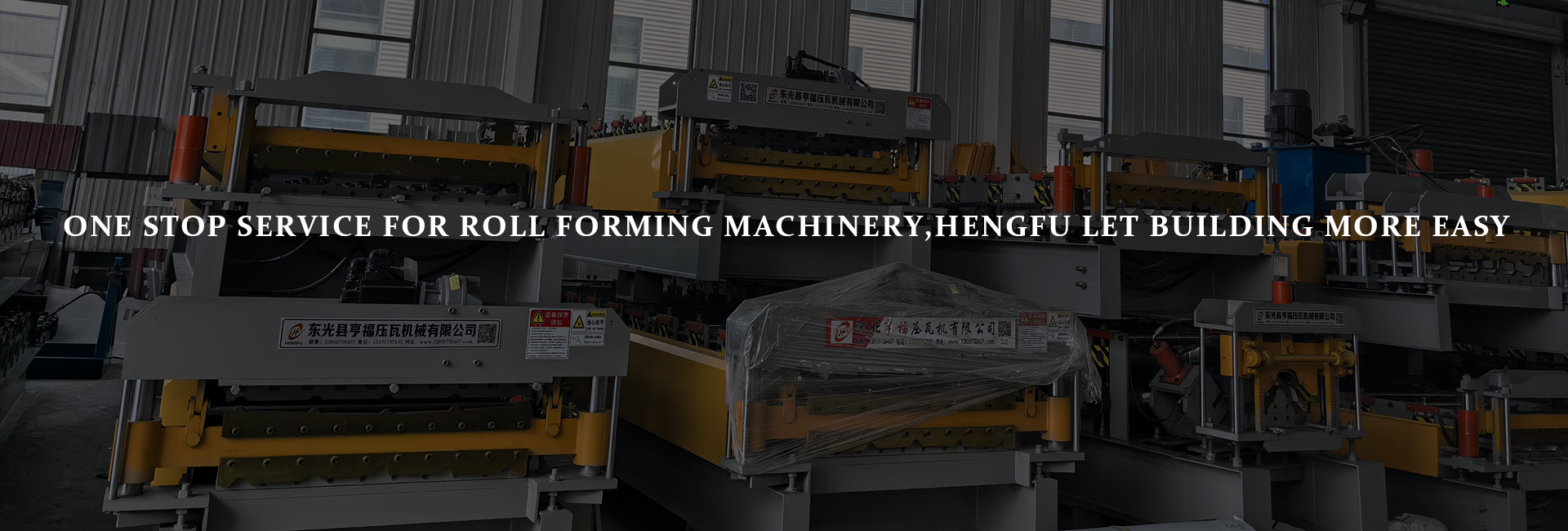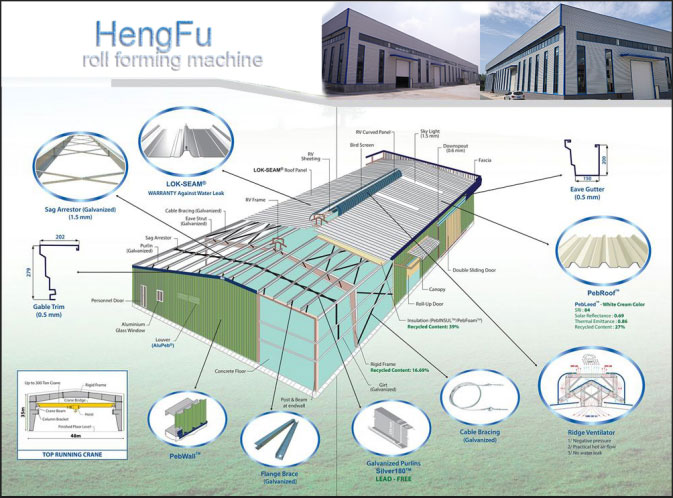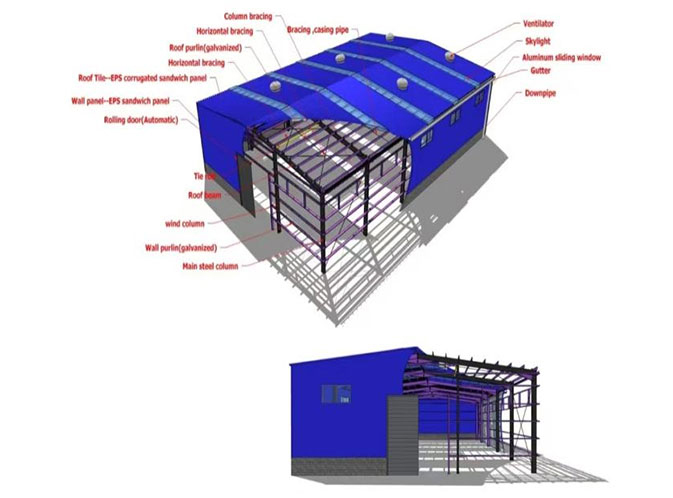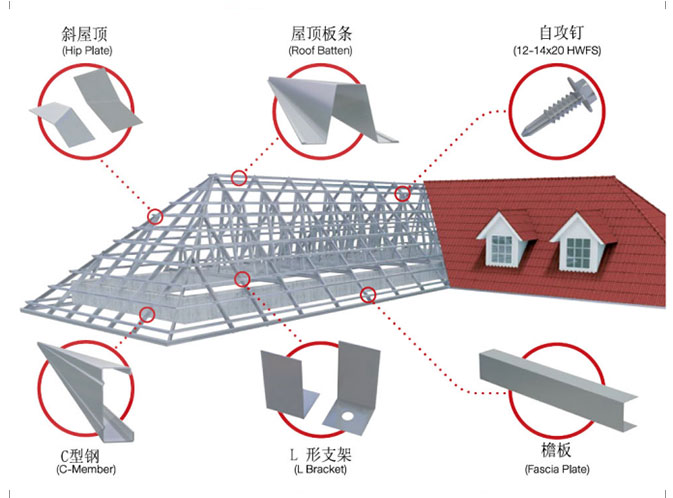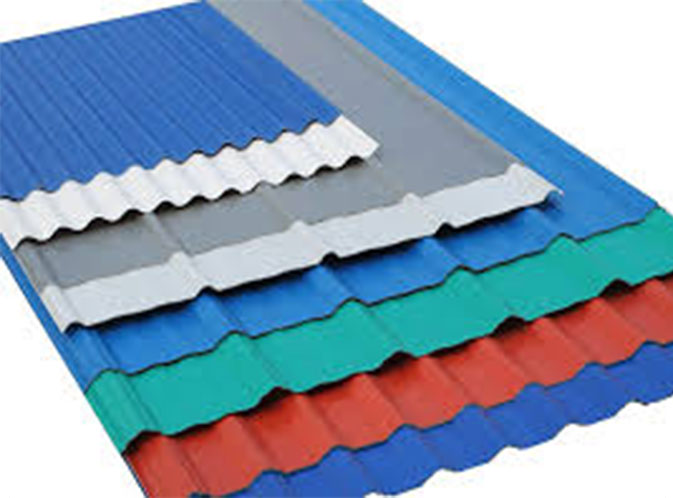I. Introduction: The Industry Value of Metal Roof Forming Machines
As the construction industry's demand for construction efficiency rises, the metal roofing market is experiencing significant growth. Traditional manual construction methods face challenges such as long construction periods, low precision, and material waste. Metal roof forming machines, with their core advantages of automated production and high-precision processing, have become key equipment driving industry innovation. This article delves into their working principles and efficiency enhancement pathways to help practitioners grasp the technical essence.
II. Basic Understanding of Metal Roof Forming Machines
Device Definition and Function Overview
Metal roof forming machines are specialized equipment that process metal sheets into specific roof shapes through rolling, transmission, and control systems. Their core function is to rapidly transform flat sheets into standard components such as corrugated sheets and standing seam panels to meet building roof installation needs.
Core Component Analysis
Rolling System: Gradually bends sheets using multiple sets of rollers for precise forming;
Transmission Device: Drives synchronous roller operation via motors to ensure uniform sheet feeding;
Control System: Integrates PLC or intelligent modules to regulate forming parameters and production rhythm.
Mainstream Model Classifications
Structurally divided into single-layer forming machines (for basic panel types) and double-layer forming machines (supporting composite panel processing); Automation levels range from semi-automatic (requiring manual intervention) to fully automatic (one-touch operation) models.
Technical Parameter Conceptual Explanations
Focus on forming speed (reflecting unit-time production capacity), sheet applicability (material and thickness compatibility), and precision indicators (dimensional error control capabilities), which collectively determine equipment suitability scenarios.
III. Core Efficiency Enhancement Mechanisms
Automated Production Shortens Construction Periods
Forming machines drive coordinated operation of rolling and transmission systems through preset programs, reducing manual intervention. Full-process automation from sheet loading to finished product output significantly compresses construction timelines.
High-Precision Forming Reduces Material Waste
Precision roller design coupled with numerical control systems ensures accurate bending angles, wave heights, and other parameters, avoiding material waste from rework.
Multi-Specification Sheet Compatibility Lowers Die Change Costs
Supports rapid switching between various materials (e.g., color steel, aluminum-magnesium-manganese alloys) and panel types, reducing mold replacement frequency and maintenance costs through modular roller designs.
Intelligent Control Systems Simplify Operations
Touchscreen interfaces integrate parameter adjustment and fault diagnosis functions, enabling operators to become proficient after brief training, reducing human dependency and misoperation risks.
IV. Selection and Usage Recommendations
Model Selection Considerations
Match equipment parameters based on project scale (semi-automatic for small projects, fully automatic for large-scale projects), sheet type, and daily output requirements.
Brand and After-Sales Support Key Points
Prioritize brands with mature technical expertise and localized service networks to ensure timely equipment commissioning and maintenance responses.
Routine Maintenance and Fault Prevention
Regularly clean rollers, lubricate transmission components, and monitor equipment operating temperatures and noise levels to prevent mechanical wear from affecting forming precision.
Industry Certifications and Safety Standards
Ensure equipment compliance with international certifications such as CE and ISO to guarantee operational safety and environmental compliance.
V. Industry Trends and Future Outlook
Intelligent Upgrade Directions
AI algorithms optimize adaptive adjustment of forming parameters, and remote monitoring systems enable real-time equipment status alerts, driving full-process digitalization of production.
Integration of Green Environmental Technologies
Low-energy motors, regenerative material compatibility functions, and waste recycling designs align with the construction industry's sustainable development needs.
Market Competition and Technological Iteration
Leading enterprises accelerate research and development of differentiated products, with high-precision, multi-functional models becoming market mainstays and technological iteration cycles shortening continuously.
VI. Conclusion: Equipment Empowering Construction Transformation
Metal roof forming machines, with their automated and high-precision technical cores, reshape construction efficiency and quality standards. Whether for engineering contractors or equipment buyers, a deep understanding of their working principles and selection essentials will provide core competitiveness for project cost reduction and efficiency enhancement. For further exploration of equipment selection solutions, stay tuned to industry technology trends.



